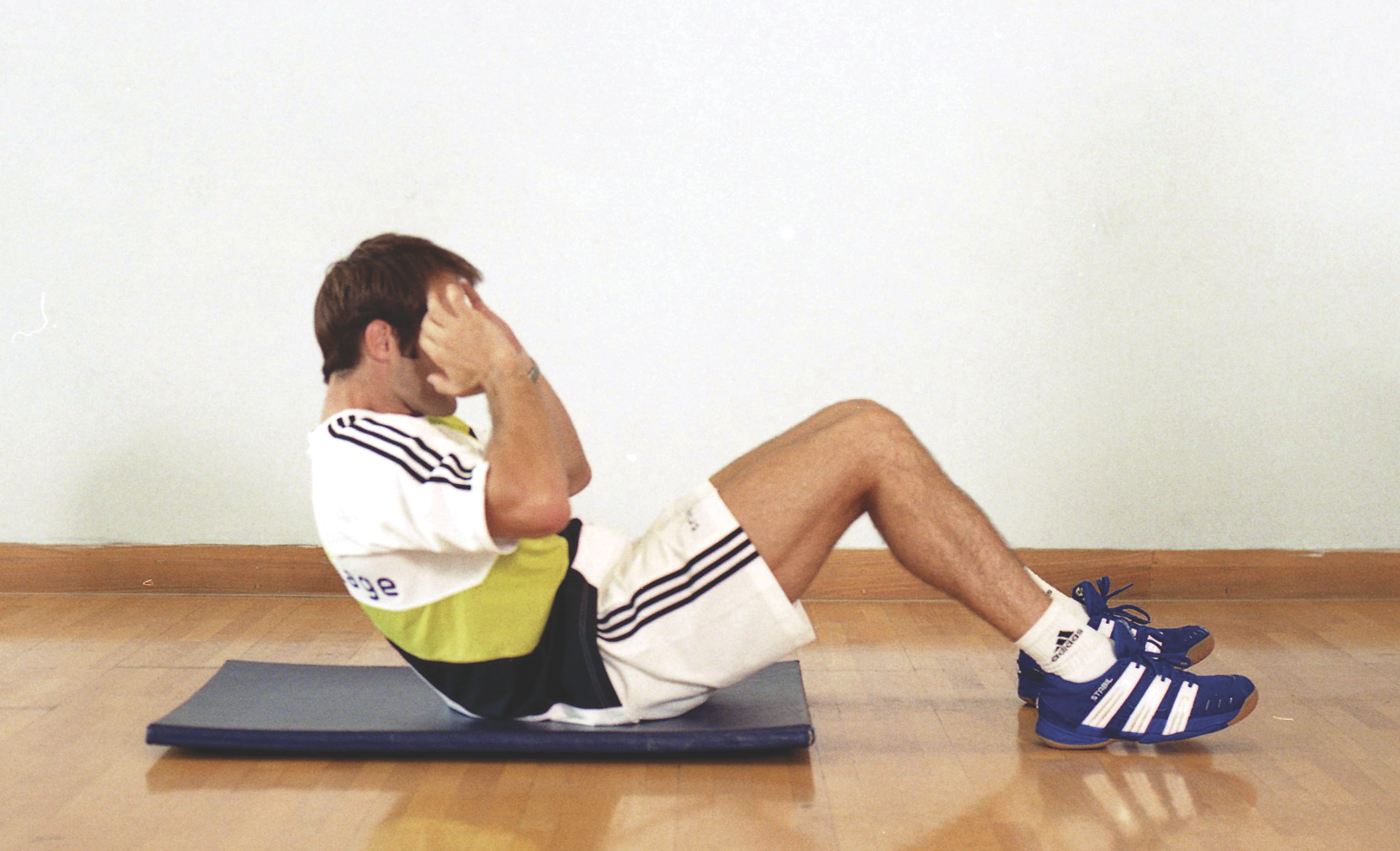By Damon Leedale-Brown, Sports Scientist & Conditioning Specialist
In a series of articles at the end of last year we began to look at effective strength training exercises for squash, focusing initially on the development of balanced leg strength through a range of single leg and lunge exercises.

The nature of movement on a squash court can place the body under considerable stress, particularly around the lower back which tends to be one of the more common areas for chronic and acute injury in squash players. Over recent years it has been unfortunate to see a few of the World’s top professional players struggle with debilitating back injuries, in many cases leading to early retirement from the sport. At the junior level I have seen players with relatively serious back problems at a young age including bulging or herniated discs and stress fractures of the spine.
One of the questions commonly asked by players, coaches and parents is how to best develop strength and stability through the core (mid-section of the body) to help reduce the risk of injury to the back. As with all forms of appropriate strength training for sport, if core training is performed effectively it should not only help to protect the back and reduce injury risk, but by developing a stronger core should enhance athletic performance on the squash court.
Unfortunately there is still confusion as to what is appropriate and effective core training for health and sports performance. Ask a number of fitness trainers, or look at articles in commercial health magazines, and you will probably end up with a range of conflicting opinions. Some will take you down the route of the traditional sit-ups and crunches regimen designed more, it would seem, to develop a “six-pack” for the beach, rather than to enhance back health and athletic performance! Others may be firm advocates of unstable training, encouraging you to do every exercise under some level of instability such as squatting on a Bosu Ball for the purpose of enhancing core activation and stability. This typically diminishes the other important characteristics of such an exercise for an athlete which is maximal force production and neuromuscular adaptation.
So how should we train the core? To help with this, understanding the anatomy and role of the core in health and sport is vital. The core is essentially composed of the lumbar spine (lower back), muscles of the abdominal wall, the back extensors and the quadratus lumborum (a deep stabilizer muscle for the lumbar spine). Also included are the multi-joint muscles lattisumus dorsi and psoas (part of the hip flexors) that pass through the core linking it to the pelvis, legs, shoulders and arms. The core is more often working to prevent motion in sports movements rather than to create or initiate movement. In most sports, good movement technique requires that power is generated at the hips and transferred through a stiffened and strong core. When the spine bends or flexes during movements it creates what some specialists call an “energy leak” meaning that some of the power created from the hips is lost. Repeated movements of this nature are also a primary mechanism for lower back injury. Athletes who actively flex the torso as a natural consequence of their sport (e.g., cricket fast bowlers, gymnasts, etc.) are the ones who typically suffer with higher rates of spine joint damage and pain.
Having given an insight into exercises that many of you may already do under the assumption that you are developing core strength, the next article will introduce exercises that in most situations will be better choices in developing core strength, athletic performance and a healthy back!





